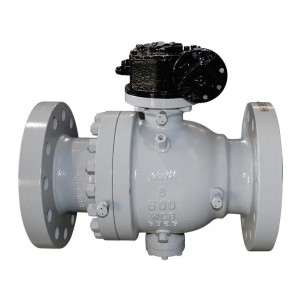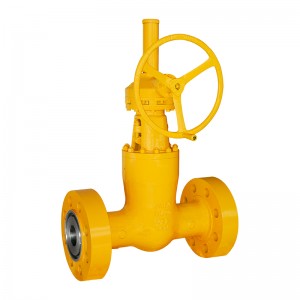BALL VALVES vs GLOBE VALVES
In the pipeline system, ball valve and globe valve are two common valve types. They have their own advantages and disadvantages and are suitable for different scenarios. Let's take a closer look at the characteristics of these two valves:
Ball Valve
Ball Valve Advantages
Quick switching: Ball valves are often called quick-opening ball valves. They can be quickly switched by rotating 90 degrees. This design is very convenient when the water flow needs to be adjusted quickly.
Flow is not affected: Since the ball valve has no reduction, the water flow will not be blocked when passing through, and the flow remains stable.
Ball Valve Disadvantages:
Installation restrictions: Ball valves can usually only be installed fully open, and the valve core needs to be replaced as a whole if it is damaged.
Large volume: Above 2 inch ball valves are relatively rare, use more materials, and are relatively expensive.
Globe Valve
Globe Valve Advantages
Precise flow control: The globe valve is a slow-opening valve that requires several turns to fully open or close, which makes the flow control more precise.
Strong versatility: The valve core of the globe valve is standardized and can be applied to valve cores of all brands if it needs to be replaced. In addition, the valve core replacement port protrudes vertically from the water pipe direction and can be installed openly or pre-buried.
Globe Valve Disadvantages
Flow impact: The globe valve cuts off half of the pipe diameter, which may affect the flow. In the case of insufficient water pressure, it may have a greater impact on the flow.
Summary: Choosing a ball valve or a globe valve depends on your specific needs and installation conditions. If there is water hammer protection and it can be installed openly, the ball valve may be a better choice. If you need more precise flow control or want greater versatility, the globe valve may be more suitable for you.
Post time: Nov-15-2024








